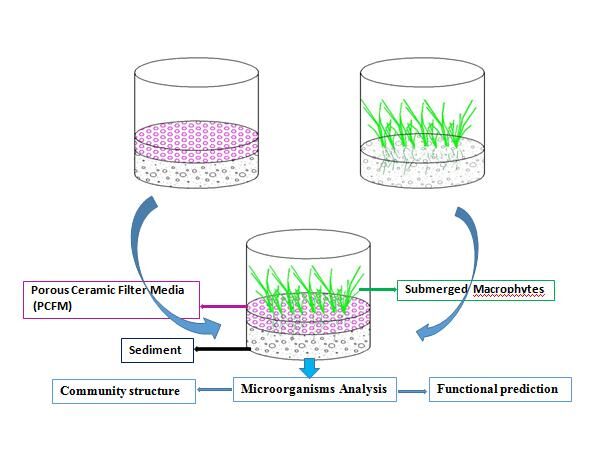
Submerged vegetation recovery is the key technology for ecological restoration of the West Lake, Hangzhou, China, which has been inscribed on the World Heritage List. However, serious problems such as sediment phosphorus stress and colonization difficulty still bedevil this lake.
To solve the problems, the research group led by Prof. WU Zhenbin from Institute of Hydrobiology (IHB) of Chinese Academy of Sciences chose the red mud-based porous ceramic filter material (PCFM) and new modified bentonite particle screened through a variety of modified methods as absorbent material. They combined the treatment technology of PCFM and modified bentonite and remediation technology of submerged plants on sediment P, and developed combined technology of adsorption – bioremediation treating sediment P in eutrophic lake.
They found that the treatment effect of the combined technology on sediment P in all fractions in the West Lake was efficient. The combination of PCFM or modified bentonite and macrophytes could achieve a synergetic sediment P removal because the removal rates of combinations were higher than the sum of that of PCFM or modified bentonite and macrophytes used separately.
From the analysis of sediment microbial community and predicted function, researchers found that the combined PCFM and V. spiralis enhanced the function of P metabolism by increasing specific genus that belong to phylum Firmicutes and Nitrospirae. The results of the study provide a new train of thought and direction for treating internal P loading in eutrophic waters.
Related papers have been published in Scientific Reports and Ecological Engineering.

Figure: Schematic Diagram the Combined Technology Treating Sediment Phosphorus (Image by IHB)

86-10-68597521 (day)
86-10-68597289 (night)

52 Sanlihe Rd., Xicheng District,
Beijing, China (100864)

